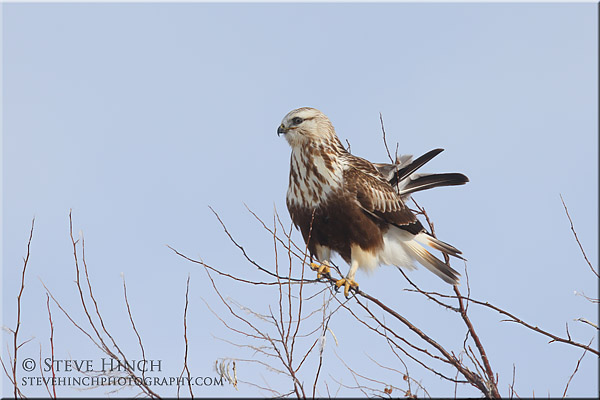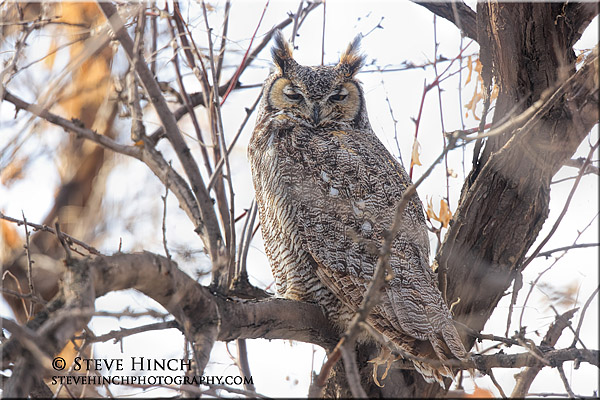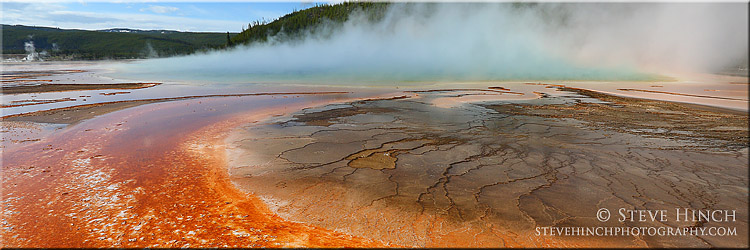
The Spring bird migration is under way. I’ve recently noticed the return of Cassin’s finches in the past few days, along with a robin. Yesterday, my daughter and I also saw our first mountain bluebird of the year. Photographed above is a rough-legged hawk that I saw back in February. These hawks winter in southern Canada and parts of the United States and should now be moving back north to their artic breeding grounds where they spend the summer months. I always find it special when I’m able to find artic summer residents in their winter range, so I usually go out looking for these hawks during the winter months. This one had landed awkwardly on the branch and it’s tail feathers were ruffled against another branch. The rough-legged hawk is one of only three species of raptors to have feathers on their legs down to their toes with the other being the golden eagle and the ferruginous hawk.







